Category: Latter-day Saint Thought
-

Sextuple Endowment Rooms: What Does it Mean?
“In the end, the character of a civilization is encased in its structures,” stated Frank Gehry—an important contemporary architect. One of the more interesting episodes in the treatment of historic Utah structures has been the decision to tear both the Ogden and Provo temples down to their frames and rebuild them with completely new façades.…
-

Does This Design Offend You?
It has been our privilege, as guided by the whisperings of thy Spirit, to build unto thee this temple, which we now present unto thee as another of thy holy houses. … We humbly pray that thou wilt accept this edifice and pour out thy blessings upon it as a house to which thou wilt…
-
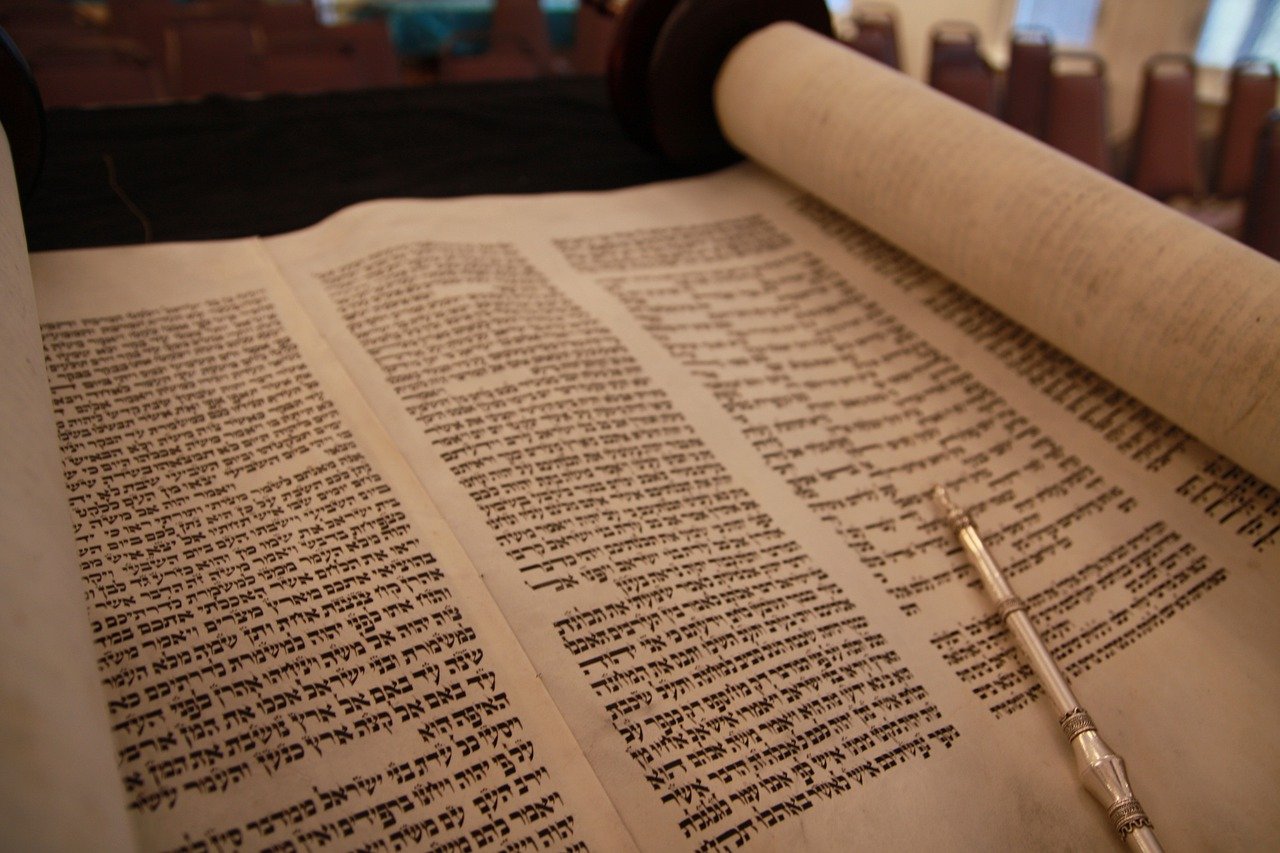
The Contradictory Commands, Part 3: A Tale of Two Records
In part 1 of this series discussing the contradictory commands given to Adam and Eve to not partake of the forbidden fruit but to also have children, I discussed the possibility that they would have been resolved in time, but they jumped the gun and listened to Satan rather than God, which is why they…
-

The Contradictory Commands, Part 2: The Higher Law
Part 1 of this series discussed the contradictory commands given to Adam and Eve to not partake of the forbidden fruit but to also have children, I discussed the possibility that they would have been resolved in time, but they jumped the gun and listened to Satan rather than God, which is why they were…
-

The Contradictory Commands, Part 1: Isn’t It About … Time?
One Sunday while I was on my mission, I was asked to teach the Gospel Principles class. The class was very small (just the missionaries and one part member family we’d been teaching), and the subject was the Fall of Adam and Eve. I remember this lesson, because I was explaining conditions in the Garden…
-
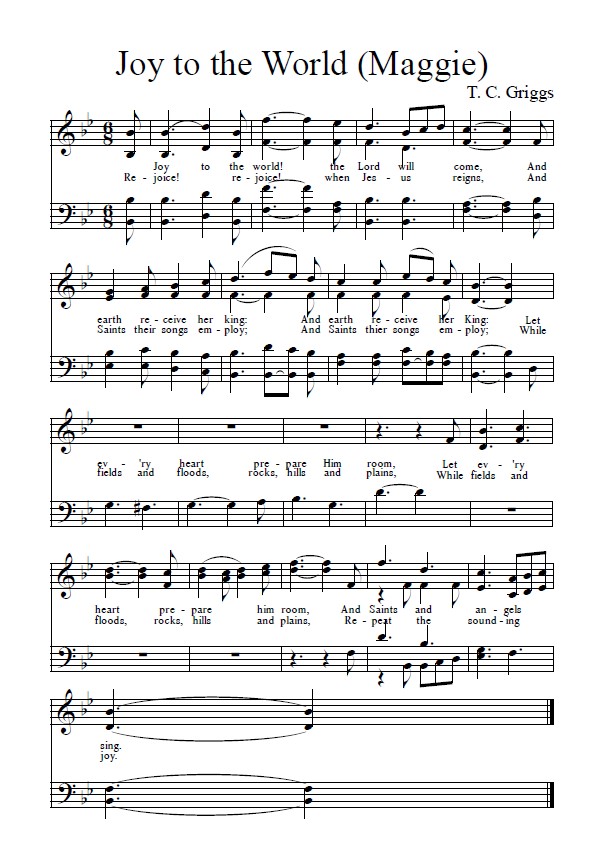
“As we commemorate the birth of Jesus Christ”
Of all the Christmas carols in the English hymnbook, the one with the longest association with the Church’s hymnals is “Joy to the World.”[1] It’s probably fitting, then, that the “Come, Follow Me” materials for this week reference it. The reading material for the week is the document “The Living Christ,” published by the First…
-
Peace and Zion
For me, one of the most beautiful concepts in the Church of Jesus Christ of Latter-day Saints is the idea of Zion. Yet, to achieve that ideal, we are going to have to think and act radically differently than we are accustomed to thinking and acting. In a recent interview with Kurt Manwaring, Patrick Mason…
-
“The long-promised day has come”
Official Declaration 1 has some supplementary materials included in the Doctrine and Covenants in the form of three excerpts from different addresses where he explained the reasoning for the change. I’ve often mused on the idea of what would an analogous set of supplementary quotes look like for Official Declaration 2. At one point, I…
-
“All that God has revealed, all that he does now reveal, and … that he will yet reveal”
A few years ago, President Dieter F. Uchtdorf shared the following thoughts in general priesthood session: Sometimes we think of the Restoration of the gospel as something that is complete, already behind us—Joseph Smith translated the Book of Mormon, he received priesthood keys, the Church was organized. In reality, the Restoration is an ongoing process;…
-
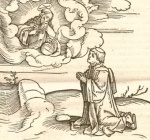
Making Sense of Prophecies (6): Concluding Thoughts
The question “Did Samuel Lutz really write this” is ultimately not as useful as the question of how the prophecy of “Lutius Gratiano” came about, and what function it served for those who kept it in circulation.
-
John Sillito’s B. H. Roberts: A Life in the Public Arena (book review)
In traditional Christianity, there are significant figures known as the Early Church Fathers who are noted as influential Christian theologians and writers who established the intellectual and doctrinal foundations of Christianity as we know it today. While the Church of Jesus Christ of Latter-day Saints is still a form of Christianity and is indebted to…
-
Brian and Laura Hales on Polygamy
‘Tis the season … to talk about polygamy, apparently. Kurt Manwaring recently sat down with Brian and Laura Hales for a question and answer session about polygamy. They have spent decades researching and writing about plural marriage (past and present), approaching the subject as faithful members of the Church of Jesus Christ of Latter-day Saints. …
-

Making Sense of Prophecies (5): “Lutius Gratiano” in the 20th and 21st centuries
The prophecy of “Lutius Gratiano” has a missing link in its textual history.
-
“I saw the hosts of the dead”
President Joseph F. Smith’s Vision of the Redemption of the Dead is one of the most recent documents to be included in our cannon (only followed by Official Declaration 2). Experienced on 3 October 1918 and recorded shortly thereafter, the vision outlines the underlying theology behind proxy work for the dead that we perform in…
-
“The Word and Will of the Lord”
There is a story about President David O. McKay where a youth who wasn’t active in the Church flippantly asked him, “When was the last time you talked to God, President McKay?” President McKay answered in all seriousness that: “It was last week.” The person who shared the story noted that: “He left everyone wondering…
-

Making Sense of Prophecies (4): The Origin of “Lutius Gratiano”
With early efforts to locate the text in mind, we can now reconstruct the origin of the prophecy of “Lutius Gratiano.”
-
“There is never but one on the earth at a time”
Polygamy was one of the most divisive and explosive policies that Joseph Smith ever embraced. In many ways, it was what led to Joseph Smith’s death. He knew that it would be a cause of contention, both within the Church of Jesus Christ of Latter-day Saints and with those who were not members, and he…
-

Making Sense of Prophecies (3): Reconsidering “Lutius Gratiano”
In the prophecy of “Lutius Gratiano,” we have the unusual opportunity to observe the formation and development of a prophecy in some detail.
-
“That they may bear the souls of men”
My wife is 37 weeks pregnant, and she is ready to be done. She’s started writing down a list of reasons she doesn’t enjoy pregnancy for me to use in reminding her next time we start thinking about having another child. She has also assured me that if creating spirit children in the next life…
-

Making Sense of Prophecies (2): How to Read a Prophecy
Earlier scholarship has often understood the function of prophetic texts as providing information about the future.
-
Brittany Chapman Nash on Polygamy
We’re coming up on one of the most dreaded lessons of the Sunday School cycle—no, not reviewing the law of chastity with teenagers, the lesson that includes D&C 132 (the revelation on plural marriage). Polygamy is a topic in the Church that is uncomfortable, troubling and, at times, painful to discuss. Recently, however, the Church…
-
“This ordinance belongeth to my house”
Throughout this year, I’ve talked about the development of temple doctrine as a braiding of strands from Joseph Smith’s theology and cosmology. That continues to be true of the 1840s, when the Latter-day Saints were working on the Nauvoo temple. Previously, when discussing the House of the Lord in Kirtland, I discussed the idea of beholding…
-
“Instituted for travelling Elders”
If you’ve ever asked yourself what exactly is a Seventy, you’re not alone. In fact, I’d dare to say that the question is one of the more persistent ones throughout Church history. Based on two brief mentions in the Bible, the idea of the Seventies is laid out in two separate documents in the Doctrine…
-
Hugh Nibley Will Never Happen Again
During my time as an undergraduate at BYU I noticed there were certain Latter-day Saint scholars that were looked up and aspired to by different groups. These were the days of Rough Stone Rolling when the “New Mormon History” seemed ascendent after a false labor with Leonard Arrington. Various Bushman acolytes aspired to follow in…
-
“All these things shall give thee experience and shall be for thy good”
For a long time, I underestimated the depth of the trauma experienced by the Latter-day Saints in Missouri and the impact that it had on their psyche. I think I started to grasp it more when I was researching for an essay about Latter-day Saints and their relationship with the US Government (which was an…
-
“Adam shall come to visit”
Charles Darwin’s niece once told her son (the famed British composer Ralph Vaughan Williams) that: “The Bible says that God made the world in six days, Great Uncle Charles thinks it took longer: but we need not worry about it, for it is equally wonderful either way.”[1] While it is wonderful either way, since the…
-
A Summary of the Arrington Mormon History Lecture: “A Marvelous Work: Reading Mormonism in West Africa”
What does Mormonism look like when reconstructed from texts in a non-American cultural context? The self-styled Mormon Churches that developed in West Africa during the 1960s and 1970s (prior to the lifting of the priesthood and temple ban on individuals with Black African ancestry) provide a fascinating glimpse into this question that Laurie Maffly-Kipp explored…
-
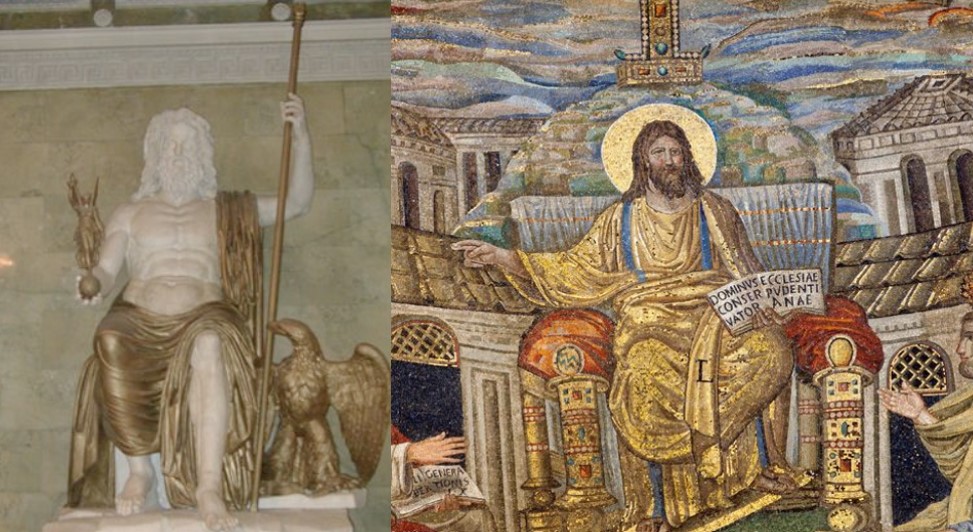
“They saw the Lord”
What does Jesus look like? It’s a question that we can only guess the answer to or speculate about, but one that does come up in a religion that embraces using artistic depictions of members of the Godhead. In general, the scriptures fail to describe his physical appearance in any detail. Joseph Smith documented several…
-
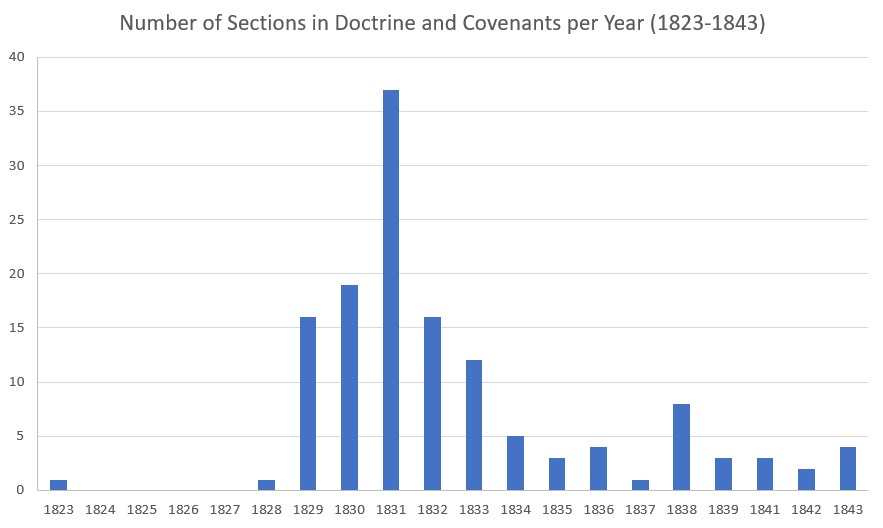
“To ordain and set in order all the other officers of the church”
Section 107 has one of the more complicated histories out of the documents presented in the Doctrine and Covenants. It is not a single revelation, but rather a few that were compiled together and expanded in significant ways, with the individual portions reflecting their original context and some of the later context of the time…
-
“I the Lord have suffered the affliction to come upon them”
During an episode of the popular British Sci-Fi show, Doctor Who, the titular character confronts a woman who has engaged in a series of witch hunts in seventeenth century Britain. The witch hunter explains her view that she is required to: “Kill the witches, defeat Satan. As King James has written in his new Bible,…
